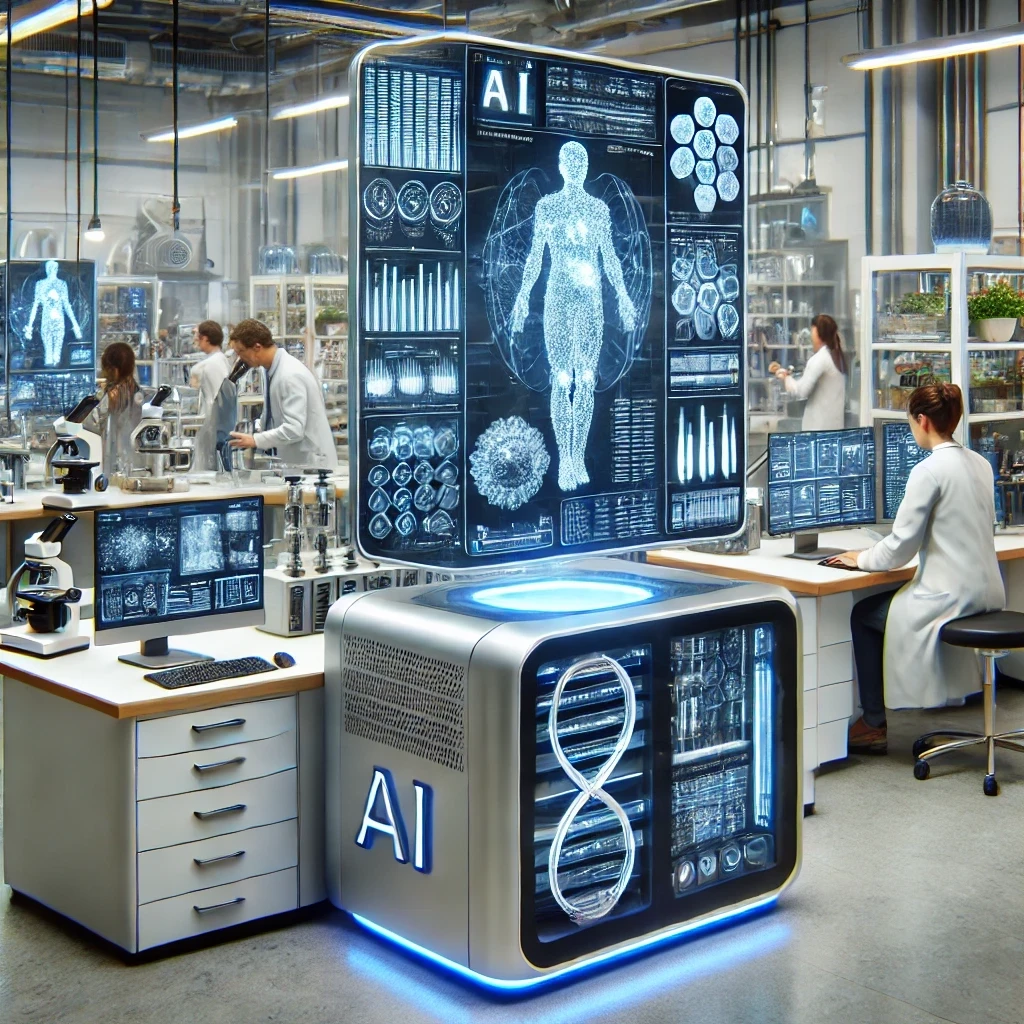Expert insights: How AI enhances drug discovery efforts
Pharma IQ caught up with Dan Ormsby, Senior Consultant at Dotmatics, who takes a deep-dive into the role of AI and data in drug discovery and target identification
Add bookmark
Dan Ormsby, Senior Consultant at data solutions provider Dotmatics, follows on from his session at Pharma IQ’s Transforming Drug Discovery Through Artificial Intelligence (AI) by delving into techniques for building the perfect springboard for adventures into AI and how to make all research data available for scientists during the drug discovery process.
Pharma IQ: What is the key takeaway you hope attendees took away from your session at Pharma IQ’s Transforming Drug Discovery Through AI?
Dan Ormsby: It is the ambition that Dotmatics attaches AI to the data that we host for our customers. The Dotmatics software platform manages data for hundreds of pharmaceutical and biotech companies, both large and small. The Dotmatics business is about extracting value from that data through querying and reporting, historically at least. We are making interactive visualizations, which makes it easier to query that data and ensure that all scientists are able to access it easily and get value by asking questions of it and getting reports.
The other way to get value from data is to attach an AI algorithm over the top. Then you can extract even more value from it and it will begin to make human-like suggestions. I would not go as far as suggesting the AI application would make decisions without some kind of human intervention, but that is what I have tried to illustrate in my talk, that these human-like suggestions come out and that is why it is an AI.
Pharma IQ: How is the role of data growing in the field of target identification?
DO: The more data you have, the more you can spot. A brilliant example of this was when a customer in Japan was working on a wide kinase panel, routinely screening more than 500 kinases. While they were seeking one target, they realized they were accidentally targeting others at the same time. They only discovered this had occurred by attaching visualizations to the data. That sort of accidental discovery is only enabled if you can strap a value engine onto your existing data.
Additionally, the mode and accessibility of data institutes like the European Bioinformatics Institute provide pharma companies with access to ChEMBL interfaces to aid in the translation of data into effective new drugs. Mining databases such as ChEMBL and looking for new targets is another way the role of data has grown in pharma.
Pharma IQ: How can the application of AI and machine learning (ML) aid in the process of drug discovery?
DO: Many of the scientists I work with are very data fluent and they have been in the industry a long time, so they are likely to understand the data they are working with. You can still add value to the data by implementing AI on top, however, so you can more easily spot the things that were harder to see. You can get equivalent results by working with a tool that we have, called Vortex, which can run visualizations on the data. This is useful when your project gets to 10,000 or 20,000 compounds, discovery becomes less obvious and you begin to rely on superstition. Visualization tools or AI algorithms can help you remove some of the superstition and make it more “intelligent”.
It is all about helping scientists make those decisions more efficiently and this is where I am right now with the Dotmatics platform, enabling it to make suggestions and then a human can decide if that is a reasonable suggestion or not. If you look at the long-term data with some of the customers who have been trying my prototype, you can see retrospectively that these algorithms are seeing patterns in the data before the humans did, based on the compounds that they made next. That nudge and suggestion of ideas that are better than a coin toss should help users reach the project’s optimization criteria a lot faster.
Pharma IQ: What is your golden rule to help practitioners ensure the application of AI/ML enhances drug discovery efforts as seamlessly as possible?
DO: My golden rule is don’t trust computers, or at least do not trust them blindly, but rather take steps to convince yourself it actually works, which is the stage I am at with AI right now. My dream for practitioners is to drop them in this process and just have an AI within the Dotmatics platform that no human needs to adjust. I am trying to come up with a general-purpose tool in the software that chemists can be guided by.
The end goal is to give scientists at the bench suggestions so they do not have to manually think about the data patterns For example if you screened 10 of 100 plates, it will suggest that you screen plates 48 and 60 next, as that is where it believes the active compounds will be. Maybe after changing the order there you reach your objective faster. This process will eventually become seamless.
To hear more of Ormsby’s insights and advice, watch his session at Pharma IQ’s Transforming Drug Discovery Through AI on demand now.































